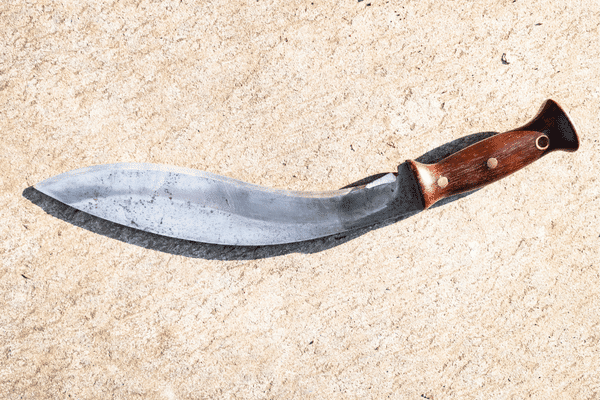Demystifying the Rapier: Unraveling Common Misconceptions.
The rapier, with its slender blade and rich historical legacy, often finds itself shrouded in myths and misconceptions. As a weapon that emerged during the Renaissance, the Rapier has been romanticized in literature and film, leading to widespread beliefs that may not align with historical accuracy. Let's delve into and dispel some of the common misconceptions surrounding this iconic sword.
1. The Rapier as a Main Battle Weapon:
Misconception: One prevalent misconception is that the rapier was a primary battlefield weapon during the Renaissance.
Reality: In truth, the rapier was not the weapon of choice on the battlefield. Its design and emphasis on precision and agility made it more suitable for civilian dueling and personal defense. While it saw use in certain military contexts, it wasn't the go-to weapon for large-scale warfare.
2. All Rapiers Are the Same:
Misconception: Another common belief is that all rapiers share the same design and characteristics.
Reality: Rapiers come in various styles, each with its own unique features. The term "rapier" is a broad category that includes weapons with different blade lengths, hilt designs, and guard variations. From the Italian rapier with its longer, slender blade to the Spanish rapier with a broader profile, there's a diverse range within the category.
3. Rapiers Are Exclusively Dueling Weapons:
Misconception: Many people think that rapiers were only used for dueling and were unsuitable for any other form of combat.
Reality: While the rapier did gain popularity in dueling circles, it was a versatile weapon used for personal defense in various situations. As martial arts evolved, rapiers were adapted for different scenarios, including battlefield use. Some Rapiers were even designed with a sturdier build to withstand the rigors of combat.
4. Rapiers Were Only Wielded by the Elite:
Misconception: There's a common notion that only the elite, such as nobility and skilled fencers, wielded rapiers.
Reality: While rapiers did become associated with the aristocracy due to their use in duels and the cultural milieu of the Renaissance, they were not exclusively reserved for the upper class. Rapiers were also employed by military officers, adventurers, and those seeking personal protection, showcasing a broader spectrum of users.
5. Rapiers Were Heavy and Cumbersome:
Misconception: Some believe that rapiers were heavy and cumbersome, given their association with combat.
Reality: In contrast to the misconception, rapiers were often designed to be lightweight and well-balanced. Their slender blades and hilt construction allowed for quick and precise movements. While some variations were sturdier for battlefield use, the essence of the rapier lies in its agility and finesse.
6. Rapier Combat Was Largely Unstructured:
Misconception: It is a common belief that rapier combat lacked structure and was chaotic.
Reality: Rapier combat was far from chaotic; it followed intricate and well-established techniques. Fencing masters of the time documented precise forms and methods for using the rapier. The elegance of rapier combat lay in its adherence to specific stances, footwork, and strikes, emphasizing the skill and discipline required to master the art.
7. Rapiers Were Ineffective Against Armor:
Misconception: Some believe that rapiers were ineffective against armored opponents.
Reality: While rapier swords were primarily designed for thrusting attacks, they were not rendered entirely useless against armor. Skilled fencers aimed for the gaps in armor or targeted less protected areas. Moreover, variations of the rapier, such as the side-sword, were adapted with cutting edges to deal with armored adversaries.
Conclusion:
As we unravel the myths surrounding the rapier, it becomes clear that this elegant weapon has a nuanced history often overshadowed by misconceptions. Far from being a one-dimensional dueling exclusive to the elite, the rapier was a versatile weapon with various styles suited for different purposes. Dispelling these myths allows us to appreciate the true complexity and historical significance of the rapier. This weapon transcends stereotypes to embody the artistry and martial prowess of a bygone era.





Comments
Post a Comment